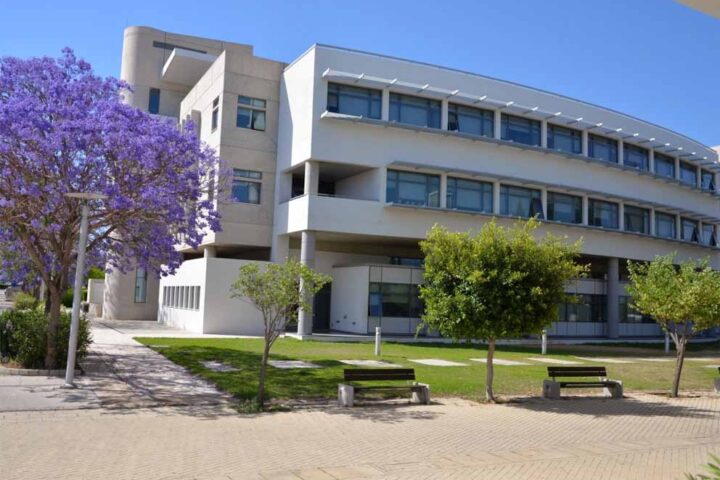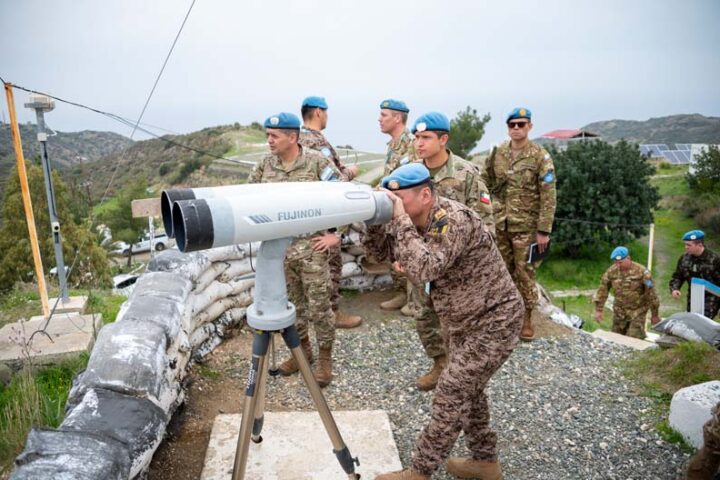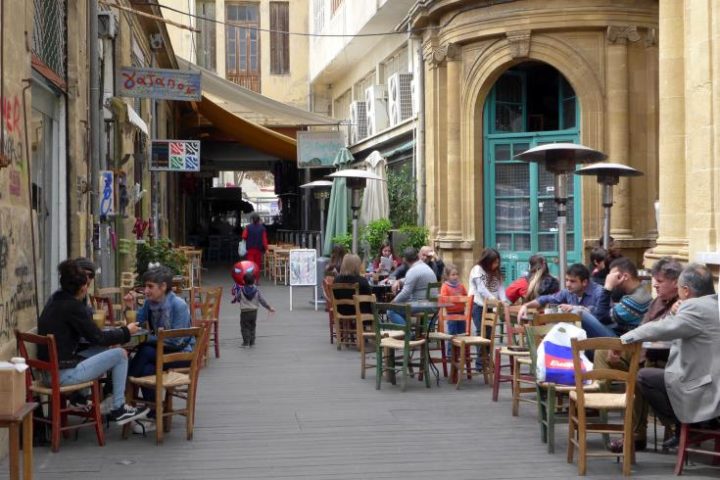 The sea has always been attractive to most people, for various reasons – inspiring, charming, fascinating, beautiful, serene are but a few adjectives one can associate with the waters that cover most of our planet. What is even more exciting is what the deep blue sea and its seabed has in store for us – a fantastic underwater world, there to be discovered by those who dare to delve into the depths of the sea and be taken on a fantastic journey to another world.
The sea has always been attractive to most people, for various reasons – inspiring, charming, fascinating, beautiful, serene are but a few adjectives one can associate with the waters that cover most of our planet. What is even more exciting is what the deep blue sea and its seabed has in store for us – a fantastic underwater world, there to be discovered by those who dare to delve into the depths of the sea and be taken on a fantastic journey to another world.
Cyprus, which is surrounded by sea, is just one of thousands of islands which can offer the locals but also the discerning visitor a whole new experience through diving into the warm waters of the Eastern Meditteranean, full of exciting things to discover, including ship wrecks. It has one of the world’s most popular diving attractions, Zenobia.
The unparalleled underwater environment populated and decorated with sea fauna and flora – fish of all kinds, strange plants germinated on the stones, purple coral rocks decked with flowers, starfish, octopus, crabs, shells in amazing shapes, pebbles covered with green fluff – is so inviting, there to be discovered. A scene that only mother nature can unfold.
Those who enjoy this enchanting image of the seabed can consider themselves very lucky. Divers are passionate about their sport. They flock to locations which can offer them something special. And Cyprus can do just that.
Thousands of visitors from other countries come to Cyprus to enjoy their scuba diving in the island’s warm blue seas. The purity, clarity and temperature of the waters attract professional divers from around the world.
This is something that the Cyprus Tourism Organisation (CTO) has recognized and is making every effort to develop this form of tourism. Much has been done in recent years in this direction and more is yet to come.
“Cyprus is a growing market in the field of diving tourism”, CTO officer Christodoulos Papachristodoulou has told the Cyprus News Agency. “Our country can become a major destination in the Mediterranean”.
“The transparency, clarity and temperature of our waters, the quality of diving services provided, as well as lodging and boarding services, safety conditions and treatment facilities in case of accident, can help designate Cyprus as an important diving destination in the Mediterranean”, Papachristodoulou says.
He talks about Cyprus’ most famous and most popular ship wreck – Zenobia – a Swedish cargo vessel sunk in Larnaca in 1980 which is one of the top five most popular diving attractions worldwide.
At present there are no official statistics about the number of tourists who come to Cyprus for diving but by the end of the year, these should be available, he explains.
Unofficial figures estimate however that around 35,000-50,000 divers visit the island annually.
The CTO officer said that diving tourists mainly come from the United Kingdom, the Scandinavian countries and Germany but the CTO aims to target tourists from Israel and Central European countries.
Papachristodoulou said that many tourists visit Cyprus to take introductory diving courses. Others wish to explore its mesmerising underwater world, see shipwrecks and marine life (corals, fish and other aquatic organisms), as well as underwater caves. But they all love to see marine fauna and flora when submerged, he commented.
Officer of Fisheries and Marine Research Giorgios Payiatas (DFMR) told CNA that four vessels have been scuttled so far – Nemesis III in Protaras (23 metre depth), Costandis and Lady Thetis in Limassol Dasoudi (depth of 25 meters and 21-23 metres respectively) and Laboe in Paphos at approximately the same depth.
Payiatas said that warship Kerynia will be added to the list in early 2015 in Ayia Napa.
President of the Association of Diving Centres Nicos Nicolaou said Cyprus must focus on upgrading diving tourism as a revenue stream.
“In recent years we have convinced the government to recognize and invest in what we call diving tourism. The results are obvious after the scuttling of vessels and it is evident that progress has been made. Our appeal to the competent authorities is to invest in the scuttling of more and larger vessels to turn Cyprus into a diving paradise, putting it on the map as a favoured diving destination,” he told CNA.
“Those who come exclusively for diving are the ones who bring most revenue to the country and diving centres”, Nicolaou said, adding that “they buy expensive diving packages because they know diving is an expensive sport and plan their budgets accordingly. But most are tourists visiting Cyprus for holidays who give diving a try”.
He says that some 100,000 diving lessons are taken each year in the island`s 50 dive centres, adding that the economic crisis has caused a slump in diving activity.
“Diving offers tranquility, away from the stress of everyday life. People are no longer in the right mindset to dive and leave their worries behind. There is a decrease in diving but I hope that economic recovery will bring diving to pre-crisis levels. Divers are generally obsessed with diving – once you become one with the sea, you can`t do without it”, Nicolaou concluded.
Zenobia
The Zenobia was built at the Kockums Varv AB shipyard in Sweden and was delivered to her owners Rederi AB Nordö in late 1979. She left Malmö, Sweden on her maiden voyage, bound for Tartous, Syria on 4 May 1980, loaded with 104 lorries with cargo destined for Mediterranean and the Middle East. She passed through the Strait of Gibraltar on 22 May 1980, stopping first at Heraklion, Crete and then to Piraeus, Athens, Greece. On the way to Athens the captain noticed steering problems and the Zenobia began listing to port. Following checks, it was determined the list was caused by excess water that had been pumped into the ballast tanks, this was pumped out and she then departed for her penultimate stop at Larnaca, Cyprus before reaching Syria.
She arrived at Larnaca on 2 June 1980, where the ballast problem had reoccurred, engineers discovered that the computerised pumping system was pumping excess water into the side ballast tanks due to a software error, making the list progressively worse. On 4 June, the Zenobia was towed out of Larnaca harbour to prevent her becoming an obstruction should the worst happen and was left at anchor roughly 1.5 – 2 km offshore. On 5 June, with the ship listing at around 45° the captain dismissed the engineers and maintenance crew and requests from the captain to return her to Larnaca harbour were denied.
At around 2:30am 7 June 1980, the Zenobia capsized and sank in Larnaca Bay to a depth of roughly 42 metres (138 ft), taking her estimated £200 million worth of cargo with her. According to local legend, the Zenobia`s owners never collected the insurance money and no formal investigation has ever been published.







